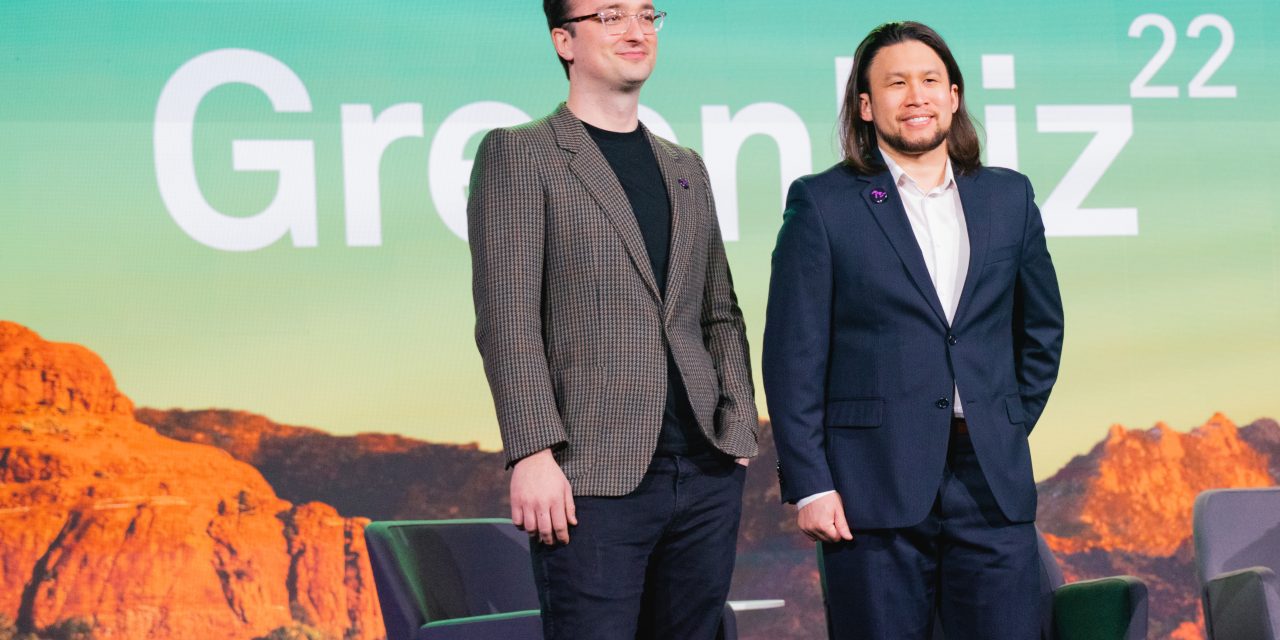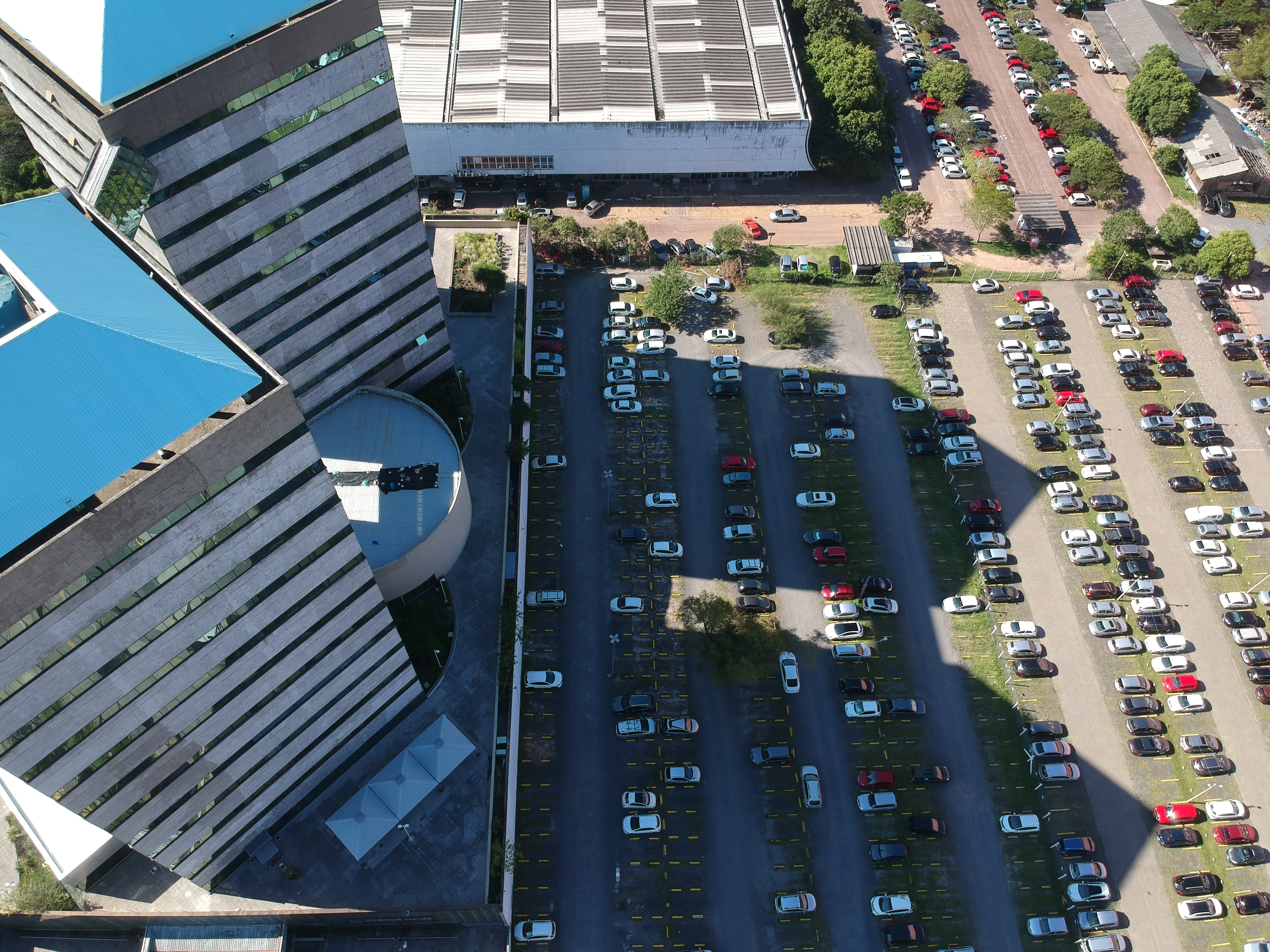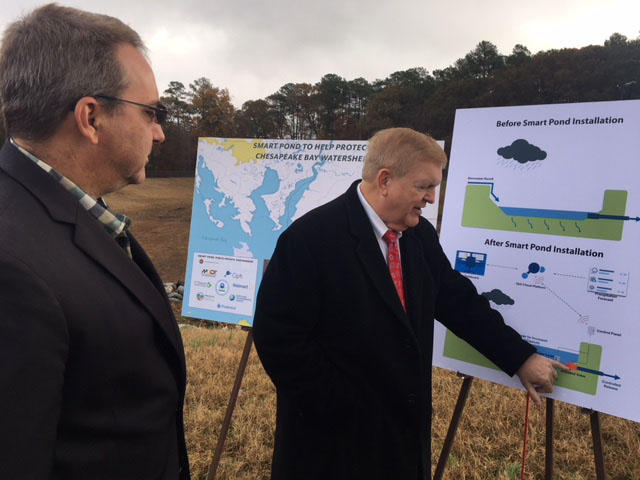Behind every great technological innovation is a team of people with the ingenuity and drive to translate an idea into a product.
For example, consider Hyfi, a high-tech, low-cost stormwater sensor platform with the potential to provide stormwater managers with an unprecedented level of information about water levels within their jurisdiction. The 2-year-old startup company, established by University of Michigan (Ann Arbor) civil and environmental engineering professor Branko Kerkez and his former student Brandon Wong, recently was recognized during Verizon’s inaugural Climate Resilience Prize competition as a top-performing technical solution among more than 130 other startup companies.
The growth of Hyfi is not only a study in how the technological landscape of the stormwater sector is accelerating, but also in how the passion and expertise of the people behind new technologies often are as important to success as the technology itself.
Building a Smarter Stormwater Sensor
Hyfi consists of two parts: a wireless, solar-powered water level sensor and a web-based app informed by the sensor’s observations. The small, cylindrical sensor can be installed nearly anywhere within a watershed and uses a continuous series of ultrasonic pulses to detect changes in proximity between the sensor and the nearest waterline. As the waterline rises or falls, the Hyfi app renders a dynamic, real-time map that infers flood conditions near the area of interest. Whereas many conventional waterline sensors require external power sources or other equipment that restrict where they can be installed, Hyfi sensors require only an off-the-shelf bracket available at any hardware store, two screws, and pairing with the app to enable full functionality. The simplicity of the design makes installation easier and minimizes maintenance needs, Wong described.
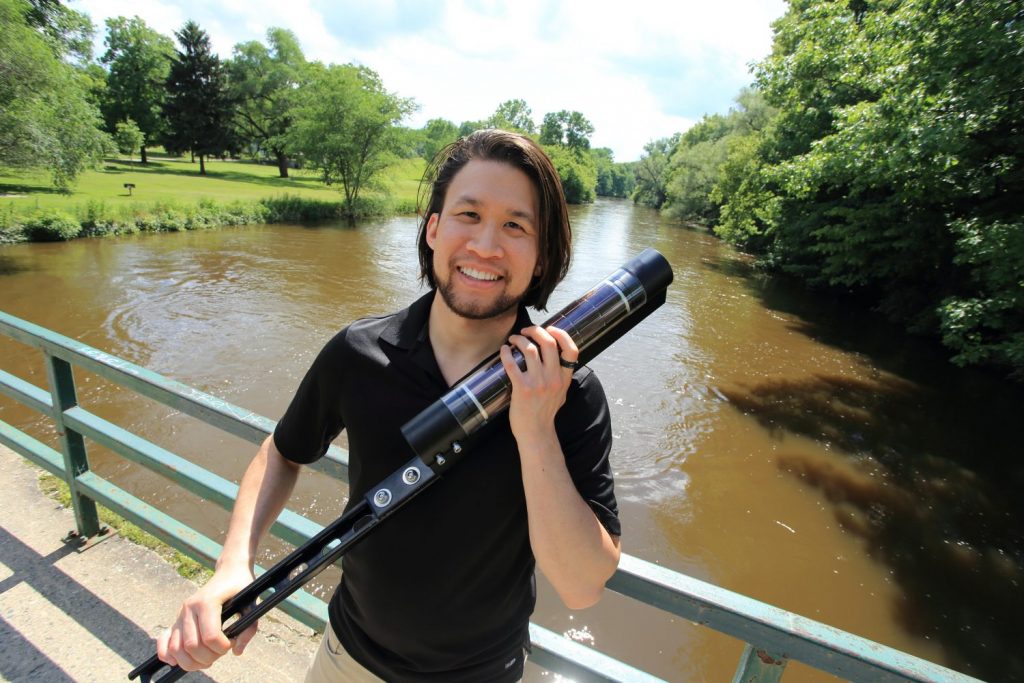
“Not everyone loves to wiggle a wire or change out a battery, especially at night or when it’s rainy or cold,” Wong said. “That’s why we focused on ease of use, so that there’s less time spent in the field doing sensor maintenance and more time spent doing the actual work that needs to be done.”
Via the Hyfi app users can receive personalized notifications if water levels reach a certain threshold, visualize how quickly an area floods during a storm event, and explore additional data. The app also streamlines sensor control, eliminating the need for stormwater professionals to manually calibrate the sensor in the field. Particularly for large service areas, this means less travel time and quicker decision-making in situations where time is a factor.
“It’s not meant to replace going out to the field, but it means you can reallocate your time to focus on something else,” Wong said.
The Hyfi sensor already on the market is just the starting point, Wong emphasized. The development team aims to expand into detecting water quality as well as water quantity and monitoring other factors that might affect flooding. The technology used in the sensors means these potential new advances likely will manifest as updates rather than requiring users to purchase entirely new units.
“The cool thing about this package is that, as technology evolves, adding new capabilities to existing sensors can easily be done,” Wong said.
From Partnership to Product
The idea behind Hyfi originated a decade ago at a University of California, Berkeley engineering laboratory, where Kerkez and Wong performed research together. After Kerkez graduated with his Ph.D. in civil and environmental engineering, he secured a position as an assistant professor at the University of Michigan. Before he left California, Kerkez had a discussion with Wong about possibilities in the smart stormwater space — a conversation that led Wong to follow Kerkez to Michigan as his first Ph.D. advisee after Wong earned his master’s degree.
“We both liked working on technology and we both liked working with water,” Wong said. “It was a cool opportunity to see if we could start up a lab, if we could make some sort of impact in stormwater.”
The sensor platform that would become Hyfi became the focus of Wong’s doctoral work in collaboration with Kerkez to create a truly “smart” sensor. The platform brings technological concepts like 5G, machine learning, and the Internet of Things into the stormwater sector while remaining user-friendly, Wong described. After graduating in 2017, he continued to work alongside Kerkez as a postdoctoral researcher to refine the platform. The team also earned a grant from the U.S. National Science Foundation to support turning the technology into a business.

A period of market research confirmed that a range of high-tech water level sensors already existed in the marketplace. But based on high costs or difficulty of use — or both — most stormwater managers operated only a handful of sensors throughout their service areas. Wong and Kerkez realized that technology alone was not the answer. They sought to make that technology accessible enough to create a more complete picture of flooding risks and conditions for users.
“From there, we were able to whittle down — from among all the possibilities in the smart stormwater space — which one would be the most viable going forward as a business,” Wong described. “That’s how we settled on data collection, addressing gaps in information on the ground.”
From Product to Enterprise
Kerkez and Wong officially established Hyfi in January 2020. Shortly thereafter, they were awarded a grant from the Great Lakes Protection Fund (Evanston, Illinois) to pilot the installation of more than 150 sensors within Ohio, New York, Michigan, and Minnesota. They then hired three additional full-time staff before introducing the broader water sector to Hyfi at the 2021 Water Environment Federation (WEF; Alexandria, Virginia) Technical Exhibition and Conference (WEFTEC) Innovation Pavilion.
After winning the Verizon Climate Resilience Prize in February, Hyfi is now in the process of identifying partners to deploy a comprehensive network of sensors in the nation’s most flood-prone areas, such as Detroit, which often get overlooked, Wong said. The goal is to provide the necessary data to support strategic flood-control projects focused on environmental equity. This is an inherently collaborative task that goes beyond simply identifying areas that existing technology indicates experiences the most frequent or severe flooding.
“We could come in and say, ‘Well, looking at a map, here’s where we think the sensors should go based only on flood patterns,’ but it really helps to have folks on the ground who work directly with stormwater systems and can tell you about problems that maps won’t show you,” Wong said.
Finding a Signal in the Noise
As high-tech solutions like Hyfi rise to prominence, technology experts predict that the next great challenge for stormwater innovators will not be gathering data, but rather turning an ever-growing amount of data gathered by increasingly sophisticated sensors into actionable watershed management decisions.
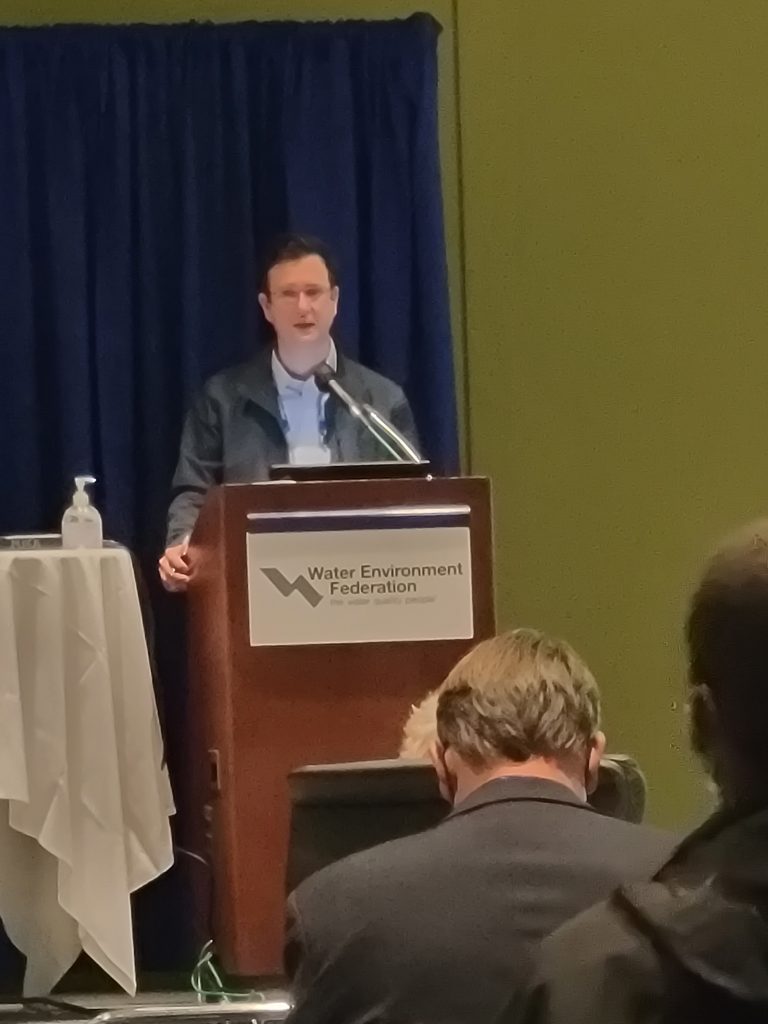
During a WEFTEC 2021 technical session titled, A Vision for the Future of Stormwater, Marcus Quigley, CEO of EcoLucid (Boston), claimed that advances in remote sensing and satellite imagery capabilities will provide the ability to map every point on Earth to 5-cm (2-in.) resolution within the next 5 years. He noted, for example, that sensors on the market that monitor runoff nutrient contents have become as much as five times cheaper within the last 2 years. He predicted that high-tech sensors like Hyfi will continue to grow increasingly accessible.
“Technology is moving much more quickly than we can use it on a daily basis. We’re all going to have to get a lot better at analyzing huge amounts of data, and using that data to make decisions,” Quigley said during the session.
Wong echoed Quigley’s assessment, describing how today’s technologies that have made our homes and cars smarter promise to also transform how operators manage stormwater. He added that approaches like Hyfi that embrace machine learning, or the ability to adapt to changing conditions without requiring explicit instructions from operators, hold the potential to aid infrastructure decisions by isolating only the most important data according to the goals of the user.
“Access to information is now at an unprecedented level,” Wong said. “The overlap between technology development — in terms of computing power, sensor sophistication, connectivity, et cetera — will continue to provide us with an incredibly overwhelming amount of data. I think that’s where having machine learning capabilities to gather valuable insights from all this data will become even more important.”
Kerkez and Wong are scheduled to attend WEFTEC 2022 in New Orleans, taking place Oct. 8-12, where they will further discuss Hyfi’s place in the fast-moving stormwater technology landscape.
Top image: Branko Kerkez (left) and Brandon Wong (right) receive Verizon Climate Resilience Prize at GreenBiz 2022 conference in February. Image courtesy of Louis Bryant III/Verizon/GreenBiz

ABOUT THE AUTHOR
Justin Jacques is editor of Stormwater Report and a staff member of the Water Environment Federation (WEF). In addition to writing for WEF’s online publications, he also contributes to Water Environment & Technology magazine. Contact him at jjacques@wef.org.

